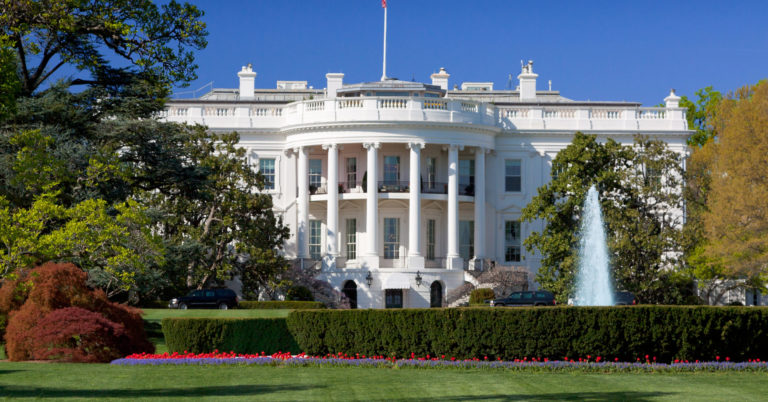Please select your state
so that we can show you the most relevant content.


If you’re like most Americans, you’ve probably heard something about out-of-control federal spending at some point.
You’ve heard correctly — the federal government’s reckless spending is unsustainable.
The Congressional Budget Office predicts the federal budget deficit will top $800 billion this year.
One reason? Congress recently passed a $1.3 trillion omnibus spending bill.
As AFP President Tim Phillips recently stated,
The CBO’s projection of America’s rising deficit is a result of overspending, plain and simple, not the product of letting Americans keep more of what they earn. Every major tax cut from both parties has resulted in more revenue to the federal government, yet our deficits continue to climb. That is a symptom that we are spending too much, not taxing too little.
Fortunately, there is a way for the president to work with Congress to curb spending, and we have an opportunity to get started by using a rescission package.
What exactly is a budget rescission?
According to the Bipartisan Policy Center, “a rescission is a request made by the president to rescind funds previously appropriated by Congress. If Congress approves the president’s rescission proposal, it would mean that particular appropriation would no longer be available to the agency to spend.”
In other words, rescissions are a budget tool to cut wasteful spending that government agencies were set to use.
Here’s how it works:
Using this rescission tool would be an important first step in clawing back some of the irresponsible spending in the omnibus bill. It would also be a down payment on cutting spending in next year’s appropriations bills, which are due by Sept. 30.
The president should take this important step toward putting our nation back on a fiscally sustainable path.
Rescissions are nothing new.
Presidents have proposed 1,178 rescissions since 1974, according to the American Action Forum. Congress has approved 461, saving taxpayers $25 billion over the years.
In 1981, Congress agreed to 101 rescissions under President Ronald Reagan. Rescissions were last proposed in 2000 under President Bill Clinton.
Since enacting the Budget Control Act in 2011 following the financial crisis, Congress has repeatedly undermined the caps it put in place that were supposed to limit growth in spending.
The out-of-control omnibus spending bill, and the budget deal that came before it, virtually destroyed those caps. As a result, the CBO projects discretionary spending will reach $1.3 trillion this year, while total federal spending will top $4.1 trillion!
This means the discretionary spending funded by the omnibus bill is just a small part of a much bigger problem.
While rescissions are important, they are not enough to curb government spending.
This is neither affordable nor sustainable. That’s particularly bad news for younger generations of Americans who will be stuck with the bill.
A rescission package, while not a total solution, would still be an important start for the president and Congress to get serious about cutting government waste and start prioritizing American taxpayers.
© 2024 AMERICANS FOR PROSPERITY. ALL RIGHTS RESERVED. | PRIVACY POLICY
Receive email alerts to learn how to get involved